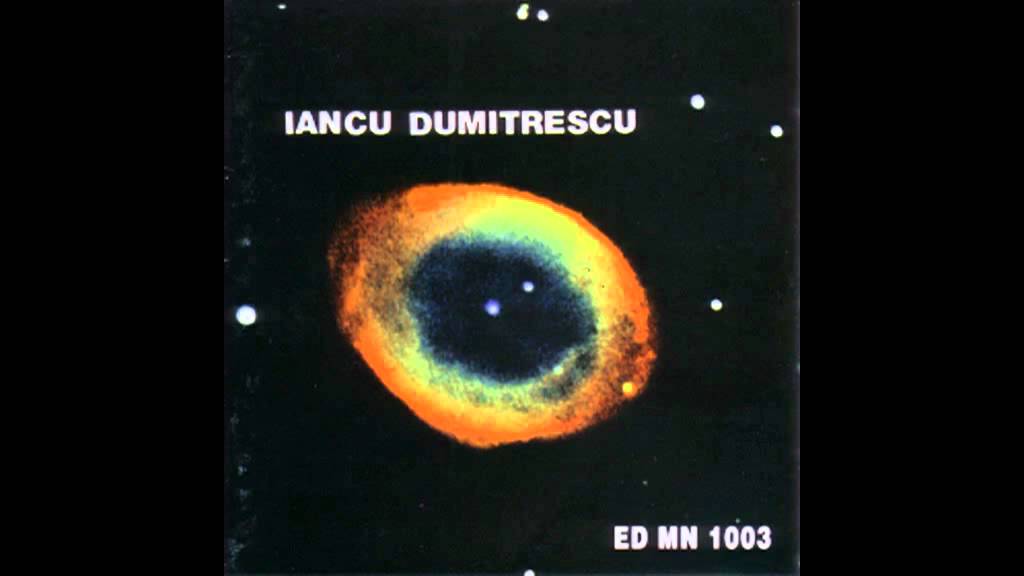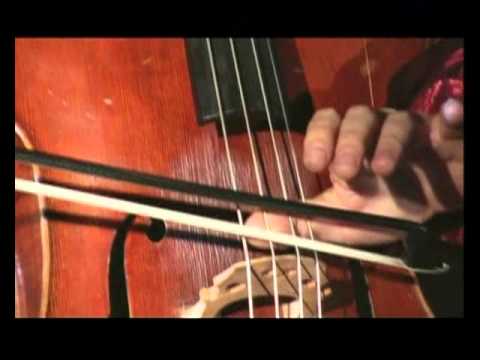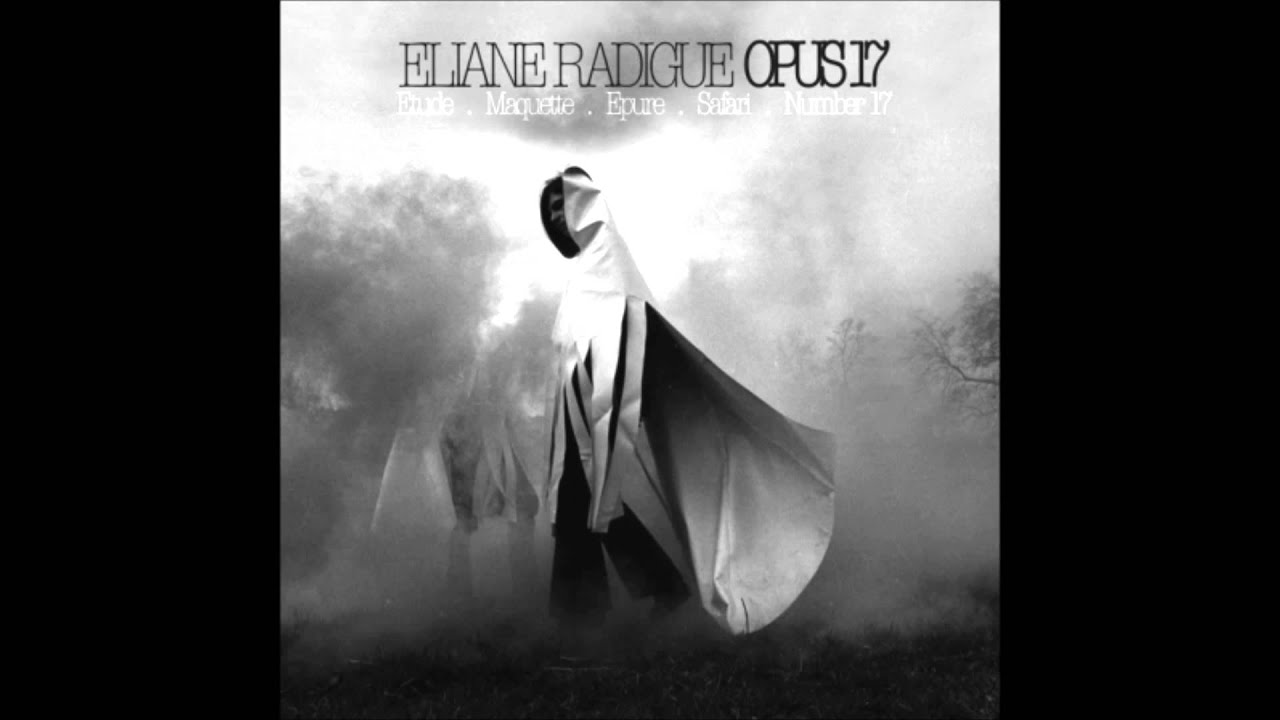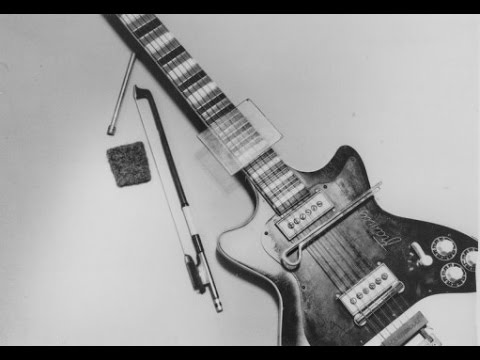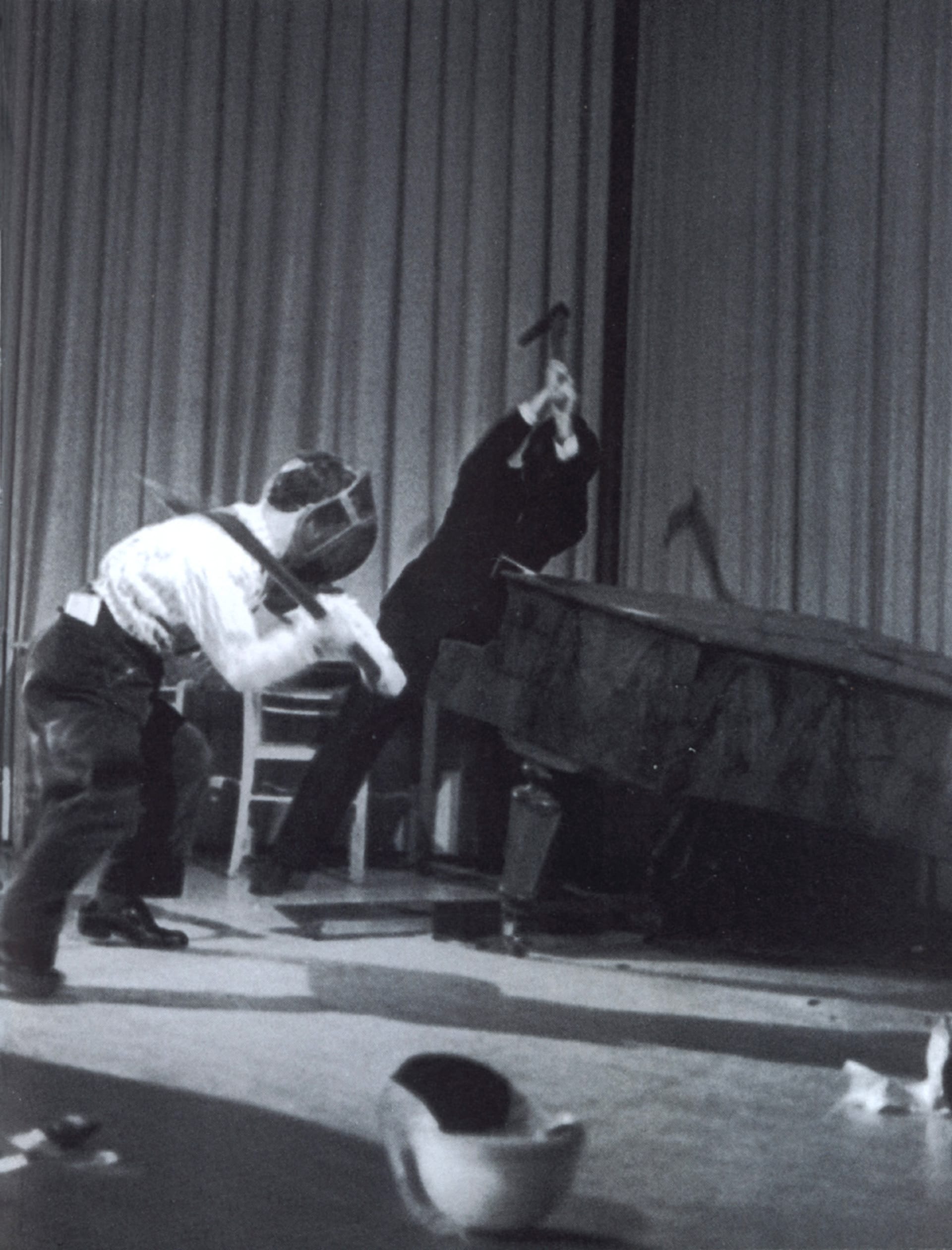
Beyond Steve Reich and Philip Glass: New Classical Frontiers
There are a lot of things wrong with classical music, mostly because it embodies some of Western culture’s most sinister traits. There are many dissertations on how classical music mirrors the emergence of the Venetian banking system and civil bureaucracy, how the orchestra embodies elitist hierarchies and systems of control, how orchestral styles and themes were shaped by the rich and powerful or how classical venues and institutions are propped up by big banks and oil companies. Indeed, you probably have a friend who has dedicated their entire life to learning a classical instrument in a classical institution, and that same friend can only play music written on a page, as improvisation or making music of their own are alien concepts.
You’ve probably even heard your fair share of classical music and couldn’t be blamed for thinking it’s boring, prissy, wanky or anachronistic. The thing is, there’s a whole world of seriously explosive music out there that’s been birthed by the classical tradition—so if you hate classical music, it’s worth knowing that there are composers out there who hate it more than you. They turn the cultural edifice of the classical tradition inside out and attack the beast from within. It’s difficult to call much of the following music “classical” because it isn’t subservient to tradition, which is why you might not have heard of these artists; teachers in music schools generally want to reinforce the pillars of their culture rather than undermine their foundations. The truth is, a lot of your friends from the academy probably hate this music, but if you like techno, post-rock, electronica, dub, ambient, illbient, industrial, death metal, drone or any vein of music with unique atmospheres, textures and sounds, there’s some gold out there waiting to be unearthed. And even if you can’t sit through a whole piece, we guarantee there’s at least some moments that’ll get you inspired and recalibrate your perception of what’s possible.
This autonomous, innovative music has never been more popular or had more influence upon mainstream music and electronic styles in particular. Younger generations of artists and labels, from Oren Ambarchi’s Black Truffle to Stephen O’Malley’s Ideologic Organ, are reinforcing the interconnectivity between the avant and the populist, showing that no one need stay in the ghettoized confines of a particular genre. What’s more, the ever-growing profiles of deconstructed dance music and “adventurous” music festivals like Unsound, CTM and UH speak to the undercurrents of inspiration percolating in the recesses of 20th century music history. Consider this a refresher course for the forces pushing the edges of modern music ever outward.
Iancu Dumitrescu
There’s no better place to start looking for exciting compositions than the spectral clang of Romanian Iancu Dumitrescu. Sunn O)))‘s Stephen O’Malley helped popularize Dumitrescu via a reissue on his superb Ideologic Organ imprint, and his appearance at recent festivals like Budapest’s UH testify to his increasing relevance to younger audiences. Dumitrescu’s music combines classical instrumentation with metallic objects and computer processing to create serious dread and cacophonous impact that should particularly interest fans of weird metal, industrial and noise…which isn’t to say there aren’t moments of naked serene beauty in his work.
However, one YouTube commenter said of this piece, “I’m open minded about a lot of musical genres but this is pure shit.” The question of taste and “good” versus “bad” often arises when music inhabits non-typical time scales and timbres. On that note, most of this music doesn’t care what you think of it and would even consider your value judgements as products of the liberal democratic (read: fascist) programming you’re subjected to from birth. And others would contend that that’s clever bullshit used to skirt the issue. Regardless, composers like Dumitrescu are deeply concerned with sound in and of itself, and your enjoyment factor doesn’t figure high on the priority list. You’ve been warned.
Ellen Fullman
The classical tradition kept whole worlds of sound secret by creating a system of pitches that encouraged composers to explore combinations of notes rather than the sound within a single tone. And there’s a hell of a lot of sound in there. Ellen Fullman is an American interdisciplinary artist who disrupts this tradition with a ginormous invention called the Long String Instrument. True to its name, it features strings that stretch upwards of 25 meters that she stimulates with fingers coated in rosin, creating a sound like one billion violins trying to bore through your third eye. If you’re watching this video and thinking, “Is anything going to happen?” try and listen for how Fullman creates the sound of shimmering metal by allowing high partials to sing and intermingle. With Fullman we’re not thinking of C sharp and D flat, but how a single pitch is actually a rich combination of pitches.
https://www.youtube.com/watch?v=tFrpfbdkpcU
Helmut Lachenmann
Another no-no in the classical tradition is playing your instrument in ways you’re not supposed to, or which sound “bad.” Composers like German Helmut Lachenmann turn this adage on its head by interrogating instruments to reveal sound structures latent in the physical material of the instrument itself. We’re programmed by tradition to hear a work like “Pression” (embedded above) as random scrapings, but there’s an entire musical language and logic living within such sounds that are rich and varied as the Western tonalities and structures we’re reared on. Admittedly, that’s kind of a cop-out, because it’s like saying, “You just don’t get it! You’ve been brainwashed and you’re never coming back!” That’s problematic because who in this day and age listens to music they don’t like just so they can appreciate it? Are you going to take our word for it? Probably not. But being on the other side the coin feels like you’re privy to a gargantuan cultural conspiracy.
Eliane Radigue
The development of studio technology after the Second World War turned the classical tradition into raw material for manipulation with tape machines, microphones and feedback. Predating the techniques of more heralded males such as Alvin Lucier and William Basinski, Frenchwoman Eliane Radigue was degrading loops of whimsical piano into smeared, glacial hulks of shifting mass in the mid- to late-’60s. Pieces like “Etude” subsume classicism into an emergent world of electricity, voltage, speed and networks, rendering centuries of cultural baggage and hierarchies subservient to the controls of individuals and their machines. Radigue is perhaps better know for her later synth work, but the way her early feedback pieces interact with recordings of canonized sounds have a particular power unattainable through synthesis.
Diamanda Galas
Learning classical methods isn’t necessarily evil. Women like Diamanda Galas use the technical power of operatic vocal technique to directly attack and provoke the whole cadre of evils in which classicism is intertwined: from religious dogma to social stigmas, politicized histories and genocidal governments. On “The Litanies of Satan” Galas uses her to three and a half octave (!) range to tatter and fray a Baudelaire text into livid shreds. With explosive technique and an iron will, Galas turns deep existential loss and injustice into fevered back-from-dead menace. A choice YouTube comment will give you a sense of what Galas’ myriad enemies are about: “This bitch needs Jesus.” Such is the fate of those who stand up to power mechanisms.
Ghedalia Tazartes
This entry stretches the remit of “classical” far beyond breaking point—but that’s the whole idea. Frenchman Ghedalia Tazartes’ dada-esque concrète cut-ups and autodidactic singing couldn’t be further from the measured austerity of the canon. So why is he here? Like Radigue, Tazartes uses primitive technologies to détourn traditions of all sorts, be they classical, pop cultural or non-Western. He reveals the flimsy and pedantic nature of high culture propaganda with a touchingly naive compositional sensibility that’s equal parts mind-blowing, hilarious and touching. Tazartes has made all his music in the same room for decades, and his mad scientist-turned-lone ranger methodology marks him as a deeply rewarding but inconsistent maverick of post-classical composition.
Horatiu Radulescu
Horatiu Radulescu is from a similar school of Romanian spectralism as Iancu Dumitrescu. This piece “Clepsydra” is the sound of a grand piano lying on its side being bowed by various instrumentalists. Like Lachenmann, Radulescu submits the piano, arguably the apex instrument of classical tradition, to a severe interrogation of its hidden sonic abilities. It’s really quite surprising hearing the range of tones the piano is capable of and how little we experience it’s full potential when all we focus on is the black and white keys.
Bjørn Fongaard
More bows, strings and ridiculously extended techniques here from Swedish composer and prepared guitar pioneer Bjørn Fongaard. The above image gives you a sense of what guitar preparations can entail: metallic objects are laid on or stuck between strings, and often the guitar is laid flat on a table, effectively forcing the performer to approach the instrument from a new angle. Fongaard even went so far as to insert extra frets on the neck of his guitar, so as to enable accurate microtonal pitching. The irony is Fongaard only constructed this game-changing instrument because orchestras couldn’t perform his microtonal compositions. There’s no better piece of trivia to show how the narrow-mindedness of the classical system catalyzed all sorts of more interesting offshoots.
Published November 06, 2015.

